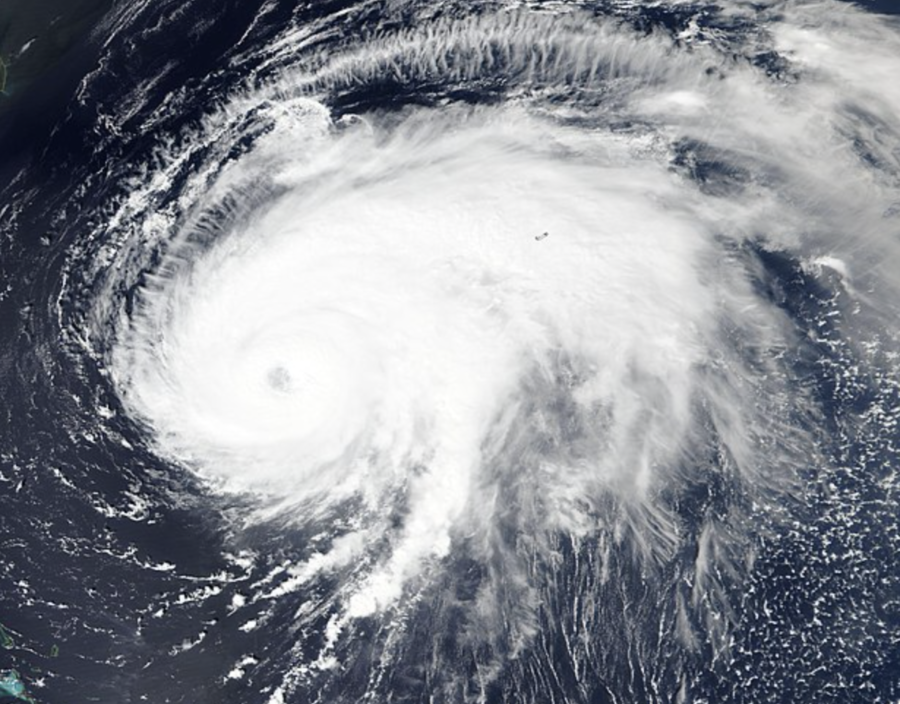Puerto Rico reeling from aftermath of Hurricane Fiona
Hurricane Fiona caused destruction in Puerto Rico, leaving millions without power and access to water exactly five years after Hurricane Maria devastated the island.
President Joe Biden declared the U.S. territory would be in a state of emergency on Sept. 17 as Hurricane Fiona approached the southwest region of the island.
Fiona, a Category 1 storm, made landfall on the southwest coast of Puerto Rico Sept. 18, causing massive flooding, landslides, a wiped-out power grid and lack of access to clean water.
Biden visited Puerto Rico on Monday to survey the damage caused by the storm, meet with officials and offer support to the island.
“I was sort of raised in the Puerto Rican community at home, politically,” Biden stated in a speech at Ponce. “We came here for a long time as part of both business and pleasure. I’m committed to this island.”
During this speech, Biden pledged support to the U.S. territory and $60 million in federal funding.
The island is now trying to recover from the aftermath of Fiona during the fifth anniversary of Hurricane Maria, a Category 4 storm that devastated the island Sept. 20, 2017, leaving 3.7 million people without electricity, a death toll of over 3,000, and the longest sustained air mission of water and food delivery in Federal Emergency Management Agency (FEMA) history, according to the FEMA website.
“Right now, we are in the middle of a struggle,” said Roniel Rivera-Garcia, a junior studying agricultural engineering and president of the Puerto Rican Student Association. “Five years later, we have this hurricane that was a Category 1, but we are still recovering from the first hurricane. That’s the problem.”
Rivera-Garcia shared that the response to Hurricane Maria aided the destruction caused by Fiona, which was only a Category 1 storm.
“The government probably did not use the money in the right places,” Rivera-Garcia said. “We have some companies, businesses and government agencies that recovered well and made adjustments to prepare, but others did not.”
T-Mobile, a mobile telecommunication company, was one company that took future hurricanes into account and made preparations, according to Rivera-Garcia. These preparations are what allowed for some people of Puerto Rico to still have signal.
Rivera-Garcia shared sentiments of disappointment towards the government’s actions of preparation given that Puerto Rico sits in a busy area for hurricanes and has a hurricane season of about six months, from June 1 to Nov. 30.
“If we know we have hurricanes year by year with a hurricane season of six months, the other six months we should be preparing for that,” Rivera-Garcia said. “[The government] just fixes what is broken and there aren’t any improvements.”
Members of the Puerto Rican Student Association at Iowa State have family and friends who reside in Puerto Rico who may have been affected.
“Some of our members probably have that struggle of whether their families will lose everything or not,” Rivera-Garcia said. “We don’t have any issues yet where people have come to us and tell us ‘okay, we have trouble’ or ‘my family lost everything.’”
The organization has taken to social media to share organizations that are working from Puerto Rico on recovery and non-profit organizations.
To learn more about Iowa State’s Puerto Rican Student Association, visit the Instagram account.
To help Puerto Rico recover from the aftermath of Hurricane Fiona, here are some non-profit organizations to donate to:
Hispanic Federation
La Fondita de Jesús
Techos Pa´ Mi Gente
Taller Salud
Brigada Solidaria del Oeste
El Mesón de Amor
Your donation will support the student journalists of the Iowa State Daily. Your contribution will allow us to purchase equipment, send our student journalists to conferences and off-set their cost of living so they can continue to do best-in-the-nation work at the Iowa State Daily.

















